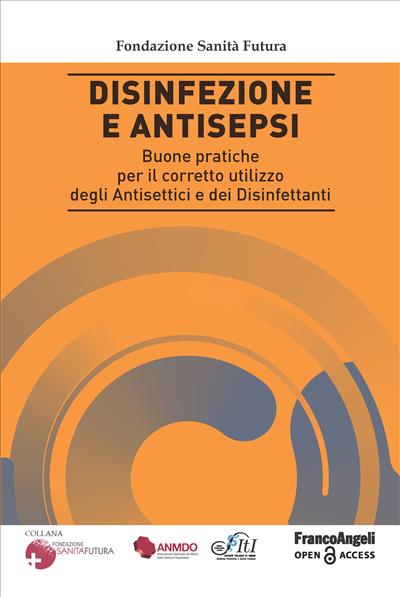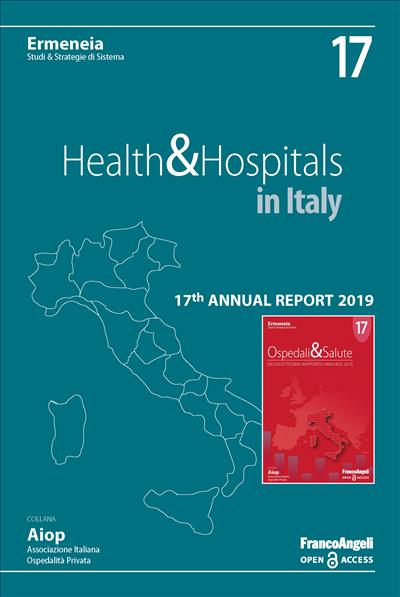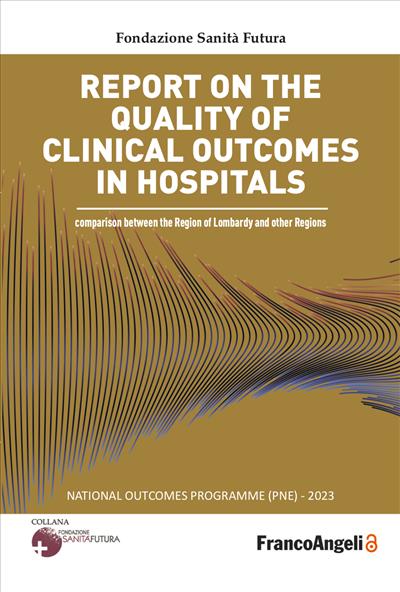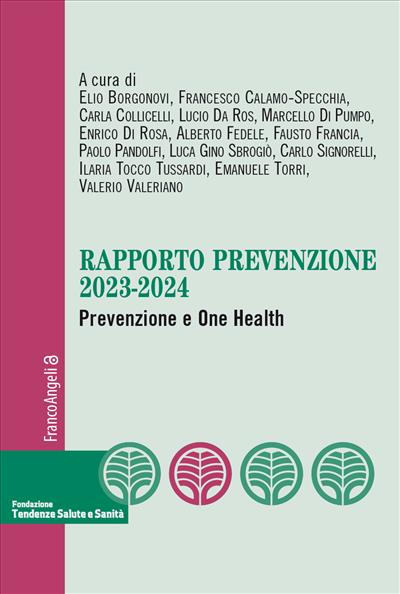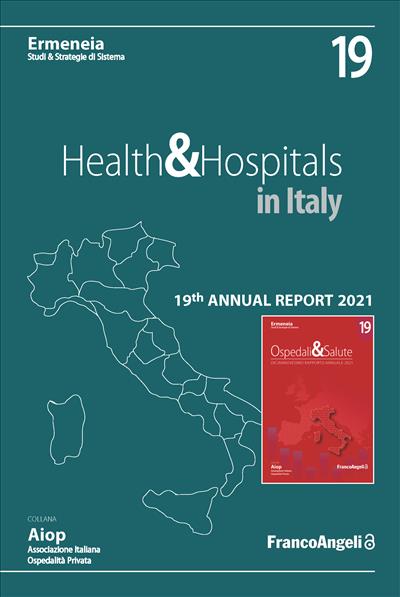
Health & Hospitals in Italy
19ht Annual report 2021
The “Health&Hospitals” Report provides an annual overview and interpretation of the performance of the Italian hospital system. This year, two separate surveys have been conducted: the first one focuses in an unprecedented way on those people who have been infected and have since recovered, while the second one has the goal to evaluate the indirect impact the pandemic has had on non-Covid patients who have suffered cancellations or delays to treatments, with inevitable knock-on consequences in terms of their current and future state of health.
Pagine: 240
ISBN: 9788835141723
Edizione:1a edizione 2022
Codice editore: 10035.14
Informazioni sugli open access
